Unveiling the Allure of Sailing in Croatia
In the heart of the Adriatic, where azure waters meet historic shores, lies a sailing haven that beckons enthusiasts from around the globe. Croatia, with its majestic islands, rich cultural heritage, and warm-hearted people, is an unrivaled destination for those seeking a sailing adventure.
From world-class marina facilities to a tapestry of vineyard-adorned landscapes, Croatia invites sailors to explore its diverse treasures both on and off the water. Join us as we unravel the top reasons to sail in Croatia, where the convergence of breathtaking views, cultural wonders, and seamless maritime experiences creates an unforgettable nautical tapestry.
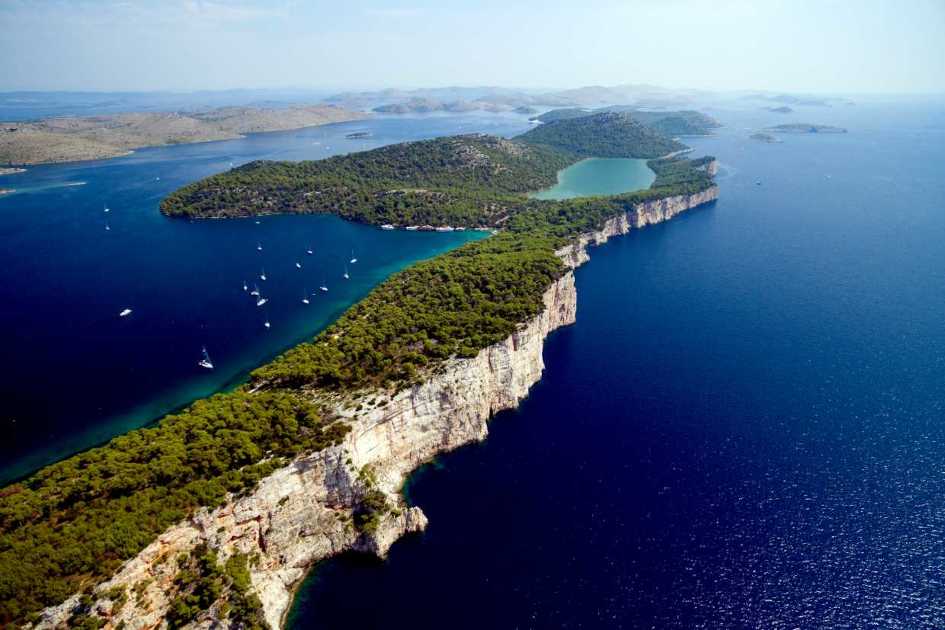
Telašćica, Nature Park
1. Nature
Majestic Islands and Coastline
Croatia has over 1,000 islands, each with its own unique charm. From Hvar's lively atmosphere to the tranquil beauty of the island of Vis, the Adriatic coastline offers diverse landscapes to explore. Sailing in Croatia allows you to hop from one enchanting island to another, discovering hidden coves and pristine beaches.
After the rise of the Adriatic Sea in 13,000 BC, 1244 islands, reefs, and rocks remained. Today, only 50 are populated. Among the largest are Lošinj, Cres, Krk, Rab, Brač, Hvar, Vis, Korčula, and Mljet.
Renting a sailboat or catamaran in Croatia means finding your private slice of paradise in hidden coves. Imagine dropping anchor in a secluded bay surrounded by lush greenery, where you can enjoy a peaceful swim or a romantic dinner aboard your vessel. The sense of exclusivity and intimacy in these hidden gems adds a touch of magic to your sailing expedition.
Experience the magic of Croatian islands by chartering a sailboat and navigating the stunning Adriatic coastline.
National Parks or Croatia
Croatia is proud of its Adriatic Sea and its preserved natural environment. The country's biggest treasure is its eight national parks: four inland and four on the coast. The inland parks are North Velebit, Risnjak, Paklenica, and Plitvice Lakes. National Park Krka is near Šibenik, and Brijuni, Mljet, and Kornati are on the Adriatic Sea. Find out more about sailing to the National Parks in Croatia.
Many protected natural areas and features showcase Croatia's exceptional, diverse, and well-preserved natural beauty.
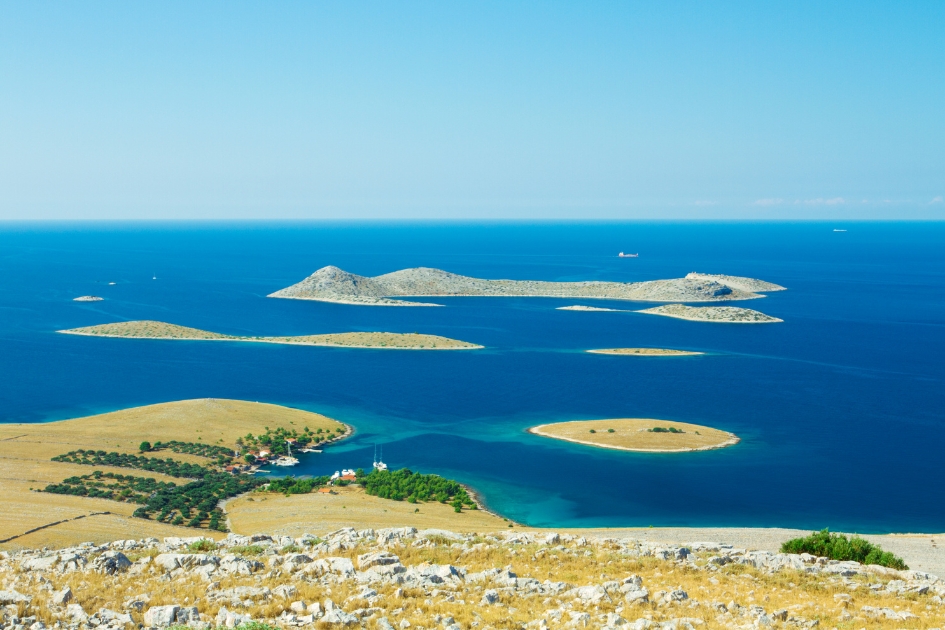 National Park Kornati Islands
National Park Kornati Islands
Chrystal clear waters
The Adriatic Sea is renowned for its pristine waters, making it a paradise for snorkelers and divers. Sailing in Croatia allows you to anchor in secluded bays, where you can plunge into the azure depths and witness the vibrant marine life that thrives beneath the surface.
The Mediterranean monk seal, known locally as the merman, is among the world's most endangered mammals. It spends part of its life on land, in caves, or in other inaccessible places.
Dive into the Adriatic's crystal-clear waters and discover a world of underwater wonders on your Croatian sailing adventure.
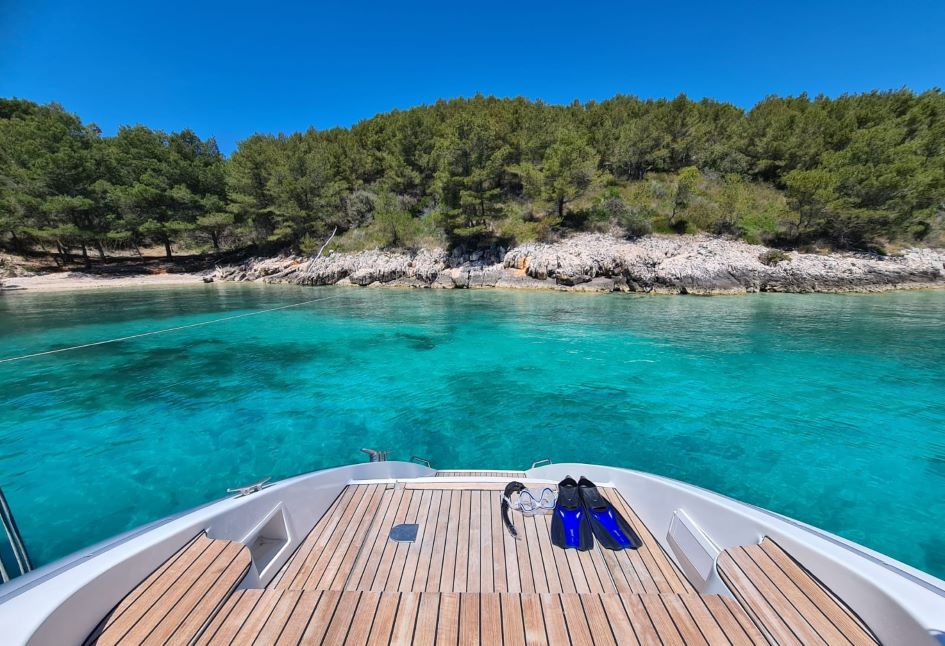
The crystal clear waters of Šćedro island
2. Ideal Sailing Conditions
The mild Mediterranean climate accentuates the natural beauty and picturesque Croatian coastline. With an average of 2,400 to 2,800 hours of sunshine per year, it is one of the sunniest coastlines in Europe.
Croatia offers ideal sailing conditions, with a Mediterranean climate characterized by warm summers and mild winters. The reliable sea breezes and navigable channels make it a perfect destination for novice and experienced sailors. Whether you're seeking a leisurely cruise or an exhilarating sailing experience, Croatia's diverse conditions cater to all preferences.
Weather conditions on the Adriatic are determined by winds, particularly in the winter. The best-known are the jugo (south wind) and the bura (north wind). The influence of the bura is visible on the island of Pag, whose landscape resembles the moon.
Sailors of all levels will appreciate Croatia's ideal conditions, which create a seamless, enjoyable sailing experience.
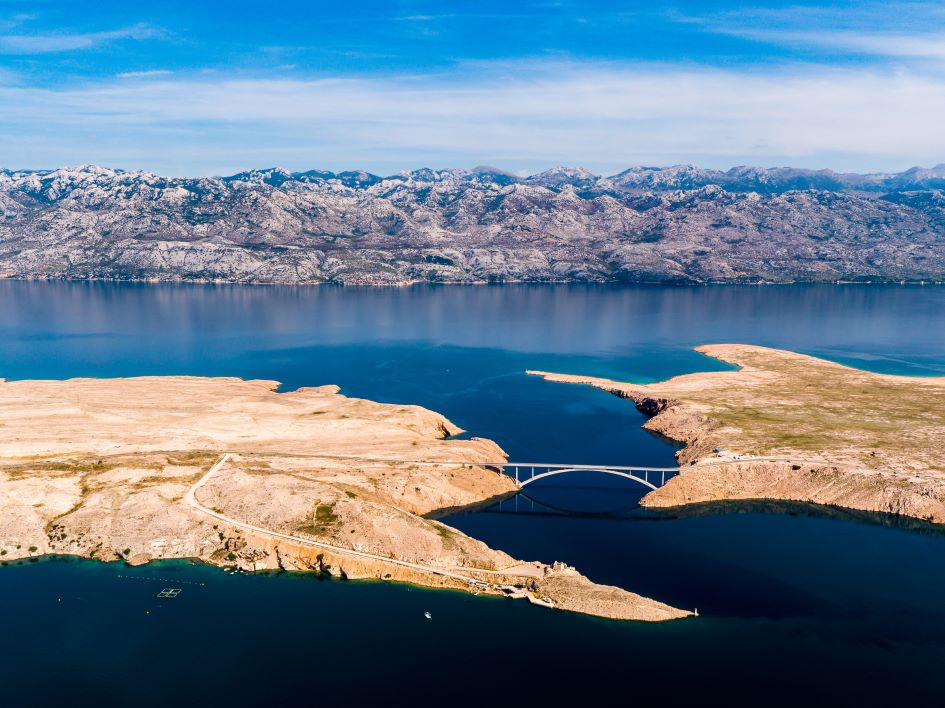
The island of Pag with the majestic Velebit mountain in the background
3. Culture and history
Beyond the turquoise waters and sun-kissed shores, Croatia is a country steeped in history and cultural richness. Choosing Croatia as your sailing destination means immersing yourself in a tapestry of ancient civilizations, medieval architecture, and UNESCO World Heritage sites.
Unveiling the Old Town of Dubrovnik
Dubrovnik, often called the "Pearl of the Adriatic," is a city that transcends time. As you sail along the Croatian coast, the distinctive red rooftops of Dubrovnik's Old Town come into view, surrounded by mighty stone walls. Dock your boat and step into a living museum, where centuries-old buildings, narrow cobblestone streets, and grand palaces tell tales of maritime trade, diplomacy, and the city's resilient spirit.
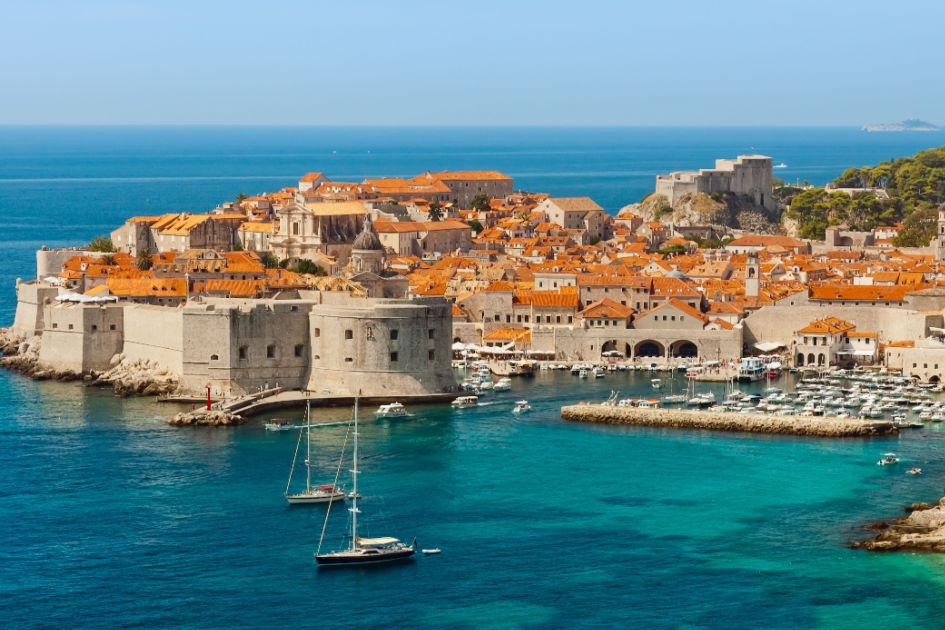 Dubrovnik
Dubrovnik
Sailing into the Heart of Split
Split, another jewel on the Dalmatian coast, is home to the remarkable Diocletian's Palace, a UNESCO World Heritage site. Navigating your boat into Split's port allows you to witness the seamless blend of ancient and modern. Explore the intricacies of the palace, where historic landmarks coexist with vibrant cafes, creating an atmosphere where past and present converge.
Set on a cultural voyage through Croatia's maritime history by sailing to UNESCO-listed sites like Dubrovnik and Split, where the past comes alive against the backdrop of the Adriatic.
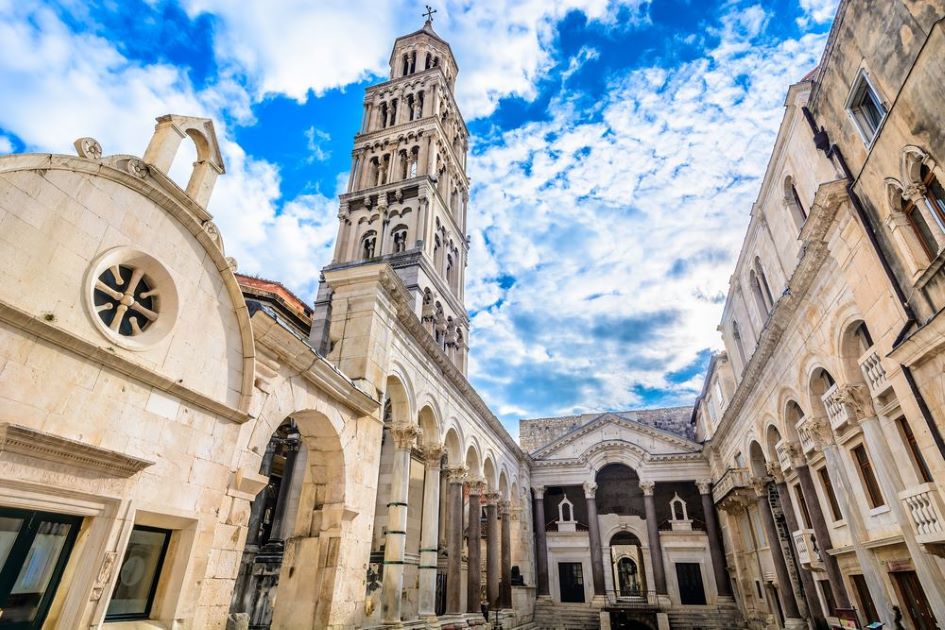 Split, Peristil square
Split, Peristil square
4. Cruising the islands of history
The islands of Croatia aren't just picturesque landscapes; they are living testaments to the country's rich cultural heritage. Many of these islands harbor ancient ruins, charming fishing villages, and traditional customs that have been preserved through generations.
Visiting the Historical Monastery on Mljet
Mljet, one of the greenest Adriatic islands, is home to a Benedictine monastery on the islet of St. Mary. Dating back to the 12th century, the monastery offers a glimpse into the region's religious and cultural heritage. Surrounded by lush forests and the tranquil waters of Mljet National Park, the monastery can be explored by sailing to Mljet.
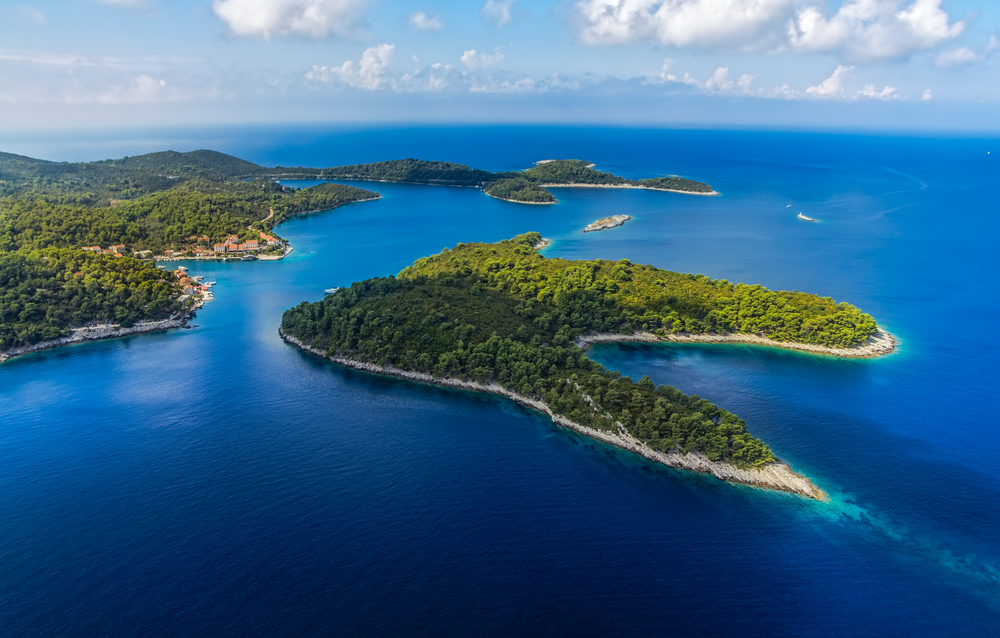 Mljet National Park
Mljet National Park
Exploring Korčula's Medieval Charms
Korčula, often called a mini-Dubrovnik, is renowned for its well-preserved medieval architecture. As you sail to Korčula, the town's silhouette, with its medieval walls and towers, becomes captivating. Wander through the narrow streets, visit the birthplace of Marco Polo, and absorb the medieval charm that permeates every corner of this island.
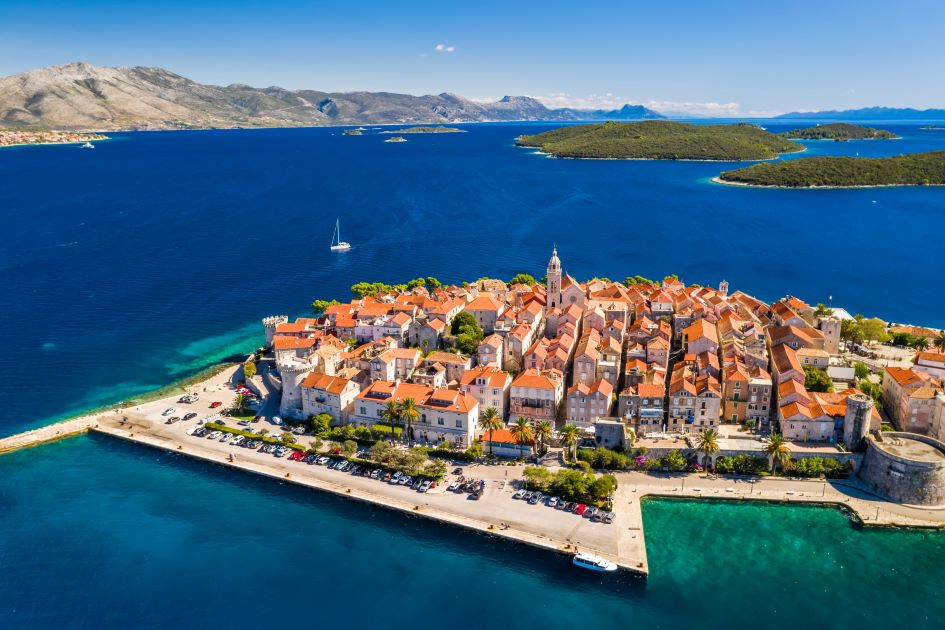
The town of Korčula
5. Warmth of the Croatian People
As you sail along the Croatian coast, you'll encounter charming villages where the locals are known for their warmth and hospitality. Whether you're mooring your boat in a bustling harbor or a secluded bay, the locals often extend a friendly hand to help with docking or share recommendations for exploring the best local spots. This genuine friendliness creates an inviting atmosphere that enhances the overall sailing experience.
Croatia's coastal markets are vibrant hubs of cultural exchange, and sailing offers a unique way to immerse in this lively atmosphere. Whether bargaining for local handicrafts, sampling regional delicacies, or engaging in conversations with market vendors, the coastal markets add a dynamic and immersive element to your sailing experience.
Sail into the heart of Croatian culture by exploring the local markets, where the exchange of traditions, flavors, and crafts enriches your sailing adventure with authentic experiences.

6. Gastronomic Delights
Croatian cuisine is a delectable blend of Mediterranean flavors influenced by Italian, Greek, and Ottoman traditions. While sailing, indulge in local seafood delicacies, fresh produce, and renowned wines from the coastal vineyards. Visit waterfront restaurants or anchor in charming fishing villages to savor the authentic taste of Croatian gastronomy.
Thanks to interactions with different nations and cultures, for Croatia, we can say that it has a rich culinary heritage. What is originally an autochthonous dish can be tricky to define precisely because of the intertwining of the lives of different nationalities over the rich and long history.
When you're sailing through Croatia, make sure to indulge in some of the incredibly delicious traditional Dalmatian dishes. These dishes are an essential part of the Croatian culture and are sure to tantalize your taste buds. Don't miss out on this opportunity to try something new and exciting:
Dalmatian Peka – Specialties prepared under the steel bell could be meat or seafood. If you would like to try this dish, make sure to place your order with the restaurant in advance.
Soparnik is a usually savory pie with a filling of Swiss chard, a traditional dish of the Dalmatian hinterland.
Skradin risotto – A special kind of risotto with veal is made only in the town of Skradin.
Mussels on buzara – Buzara is a Croatian way of cooking mussels with only a few simple ingredients. This recipe is popular along the Dalmatian coast.
Istrian fuži with truffles – Fuži are a very authentic Croatian pasta. Very simple and delicious.
Pašticada – is a stewed beef dish cooked in a special sauce. It requires long and meticulous preparation. It is usually served with gnocchi or homemade pasta.
Vis and Komiža bread – savory-filled pie is a leavened pastry that combines red onion, fresh or peeled tomatoes, salted fish such as anchovies or sardines, seasoning, and capers to taste.
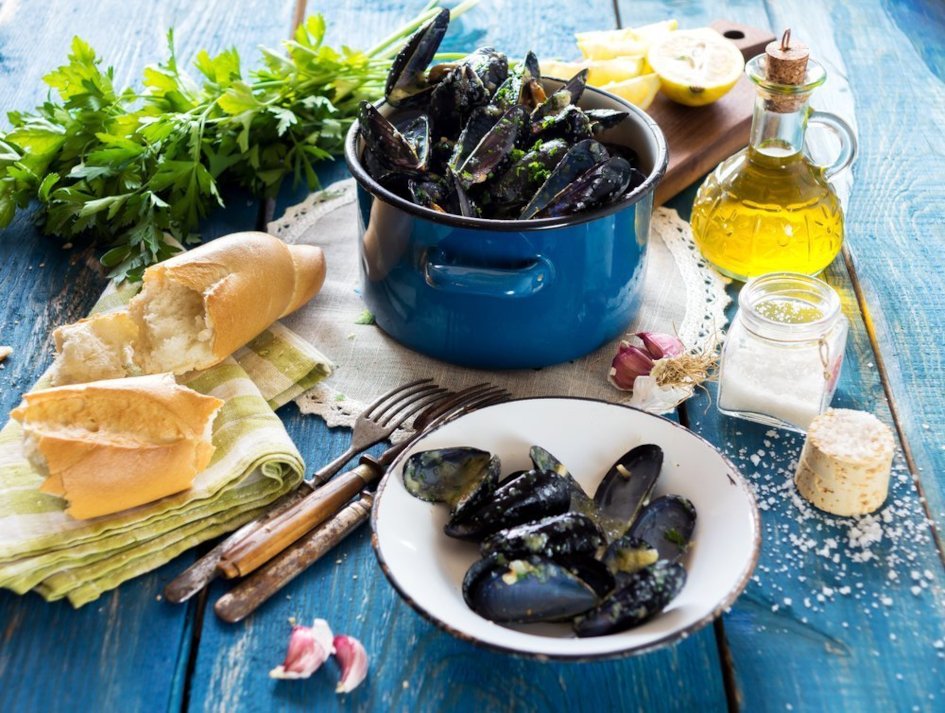
7. Exploring Croatia`s Wine Culture
With its sun-drenched hills and fertile landscapes, Croatia has cultivated a rich tradition of winemaking that dates back centuries. Wine production in Croatia can be traced back to Greek settlers on Brač, Vis, and Korčula island, some 2500 years ago.
Croatian wines started attracting worldwide attention in 1996 when research revealed that the famous Californian red wine Zinfandel is genetically related to the Croatian grape varieties Crljenak Kašteljanski and Tribidrag.
Croatia is unique in its geographic and climatic diversity, which contributes to specific grape varieties. The stunning fact is that there are more than 130 indigenous grape varieties in Croatia.
Sailing along the picturesque coastline offers enthusiasts and novices alike a unique opportunity to immerse themselves in the diverse and flavorful world of Croatian wines.
Docking your boat and venturing inland, you'll discover charming coastal wineries and cellars that beckon with the promise of exquisite tastings. Croatia is home to various indigenous grape varietals, such as Plavac Mali, Malvazija, and Pošip, each offering a unique expression of the diverse terroir. Engage in wine tastings where local winemakers share their passion and expertise, offering a delightful sensory journey that complements your sailing adventure.
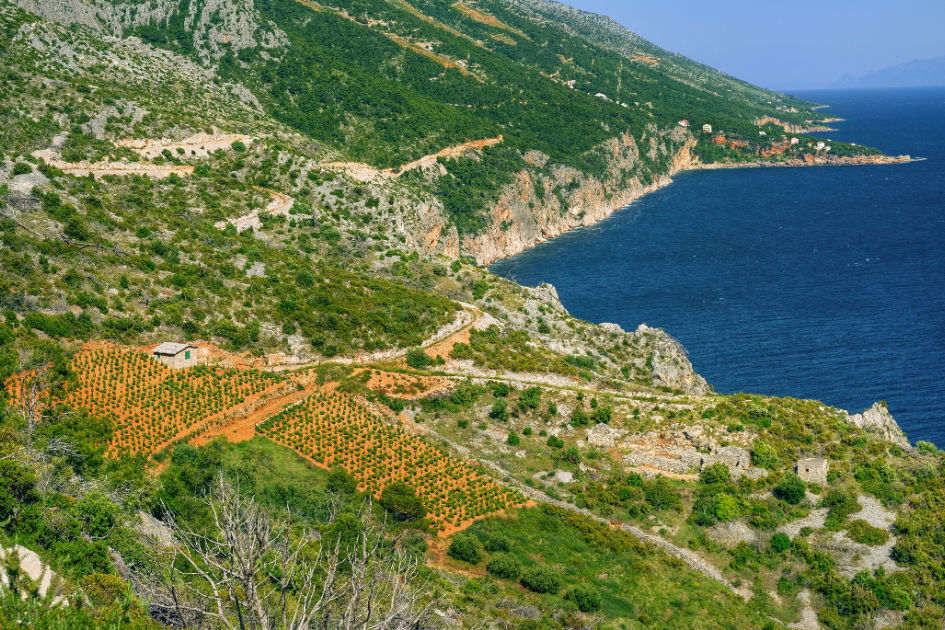
Sv. Nedjelja Vineyards, southern shore of the island of Hvar
8. Croatia Traffic connections and marina facilities
Croatia's strategic location in Europe makes it an enticing sailing destination and easily accessible from various international locations. The country's well-connected transportation infrastructure extends beyond the coastline, allowing sailors to quickly embark on their sailing adventure.
Proximity to International Airports
Good connections between the Adriatic coast airports and major European centers enable easy flight access to Croatia. Croatia has seven international airports and three smaller airfields for small commercial planes. The international airports on the coast are Pula, Krk, Lošinj, Zadar, Split, Brač, and Dubrovnik. This proximity eliminates the need for lengthy overland transfers, ensuring sailors can swiftly transition from the airport to the marina and set sail without unnecessary delays.
Efficient Road and Ferry Networks
Croatia's efficient road network facilitates smooth ground transportation, enabling sailors to explore the country's diverse regions before or after their sailing adventure. Additionally, an extensive ferry network connects the mainland to the islands, providing an alternative mode of transportation for those who wish to explore beyond the reach of their sailboat. The biggest shipping company in Croatia is Jadrolinija.
Marina Facilities
Sailing in Croatia is not just about the captivating landscapes and cultural treasures but also about the world-class marina facilities that enhance the boating experience. The Adriatic coastline is dotted with marinas that cater to sailors' needs, providing a seamless blend of comfort, convenience, and luxurious amenities.
Croatia boasts a modern and well-maintained network of marinas equipped with state-of-the-art facilities. From secure berths to comprehensive maintenance services, these marinas offer a haven for sailors, ensuring a hassle-free and enjoyable stay. The meticulous infrastructure contributes to the ease of navigating the Adriatic waters, allowing sailors to focus on the pleasures of the journey.
More than 60 modern marinas are on the Adriatic coast and the islands. The biggest chain of marinas in Croatia is ACI (Adriatic Club International)
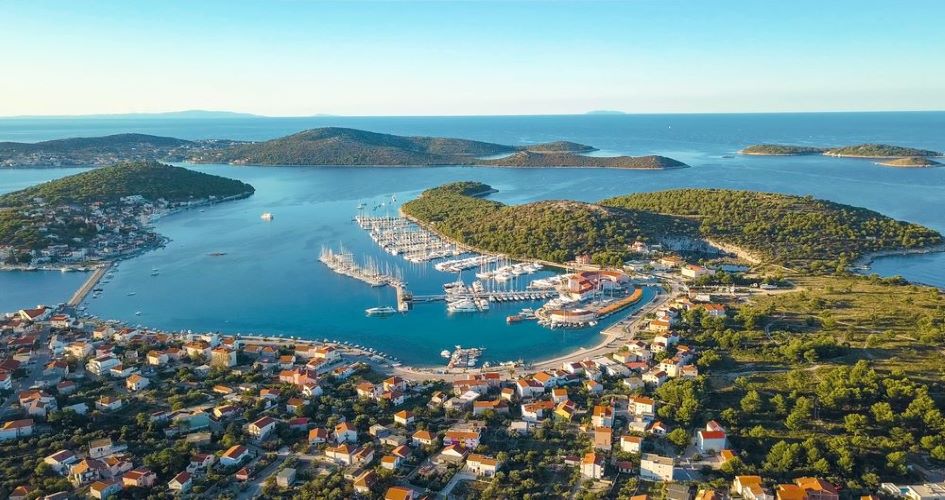
Marina Frapa, Rogoznica
Choosing Croatia as your sailing destination is a decision fueled by the promise of breathtaking landscapes, cultural immersion, and unparalleled maritime experiences. From its islands' allure to its history's richness, Croatia beckons sailors to take a journey that combines natural beauty with sailing exploration. Start planning your Croatian sailing adventure and unlock the wonders of the Adriatic Sea.


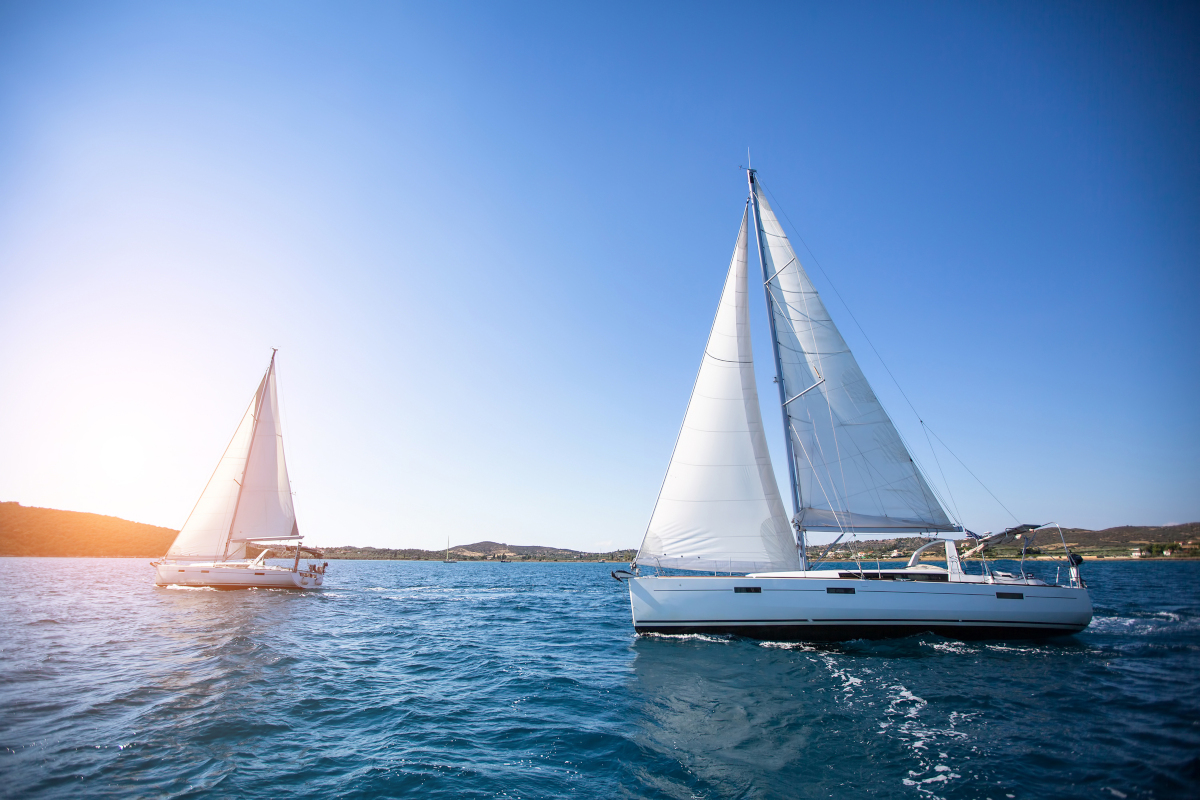


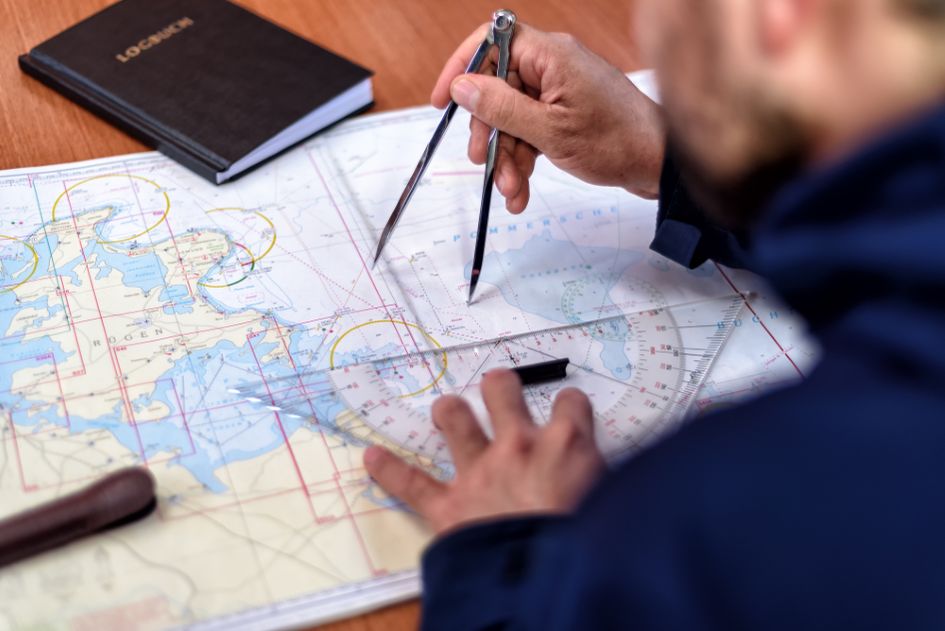
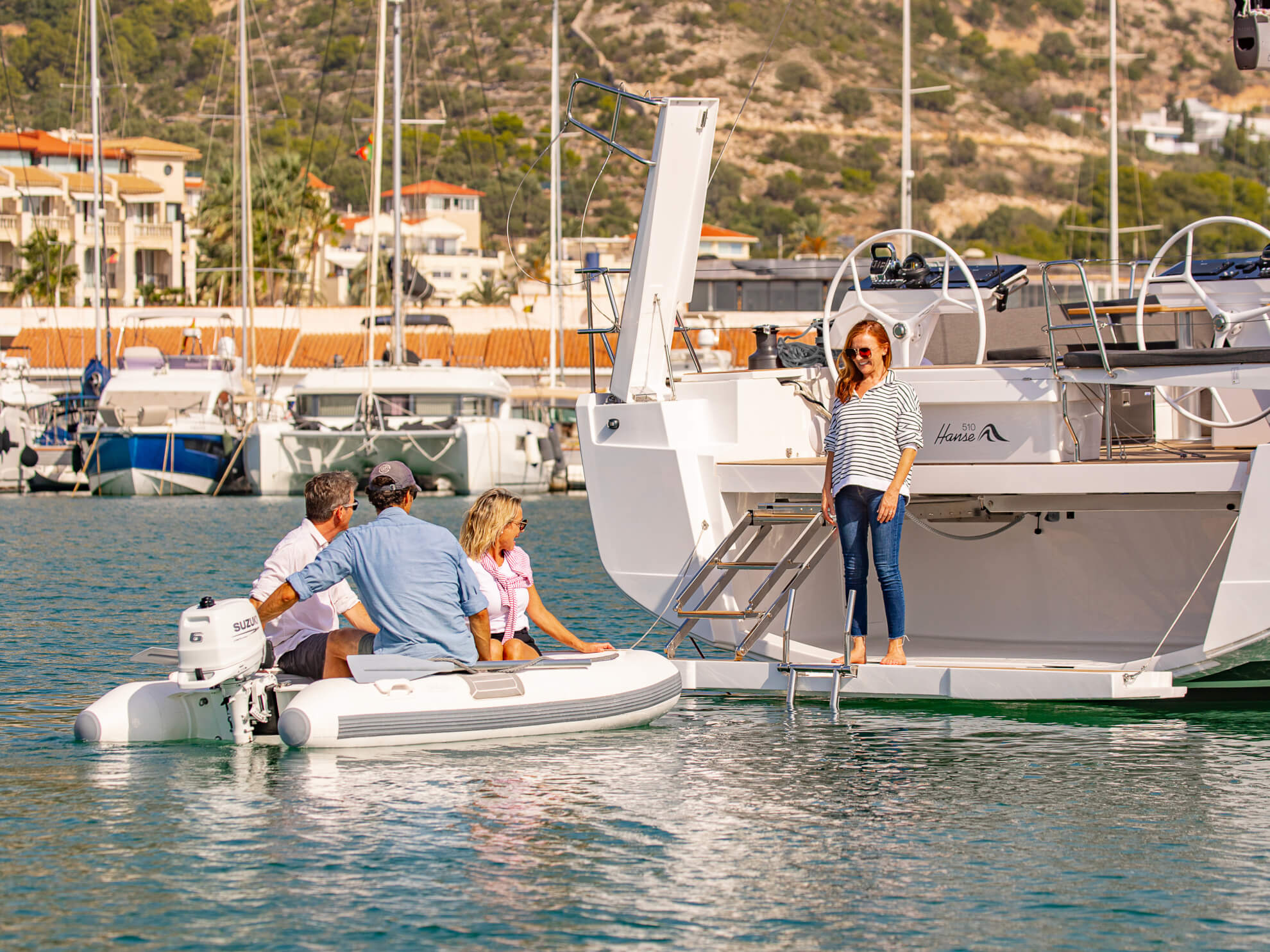
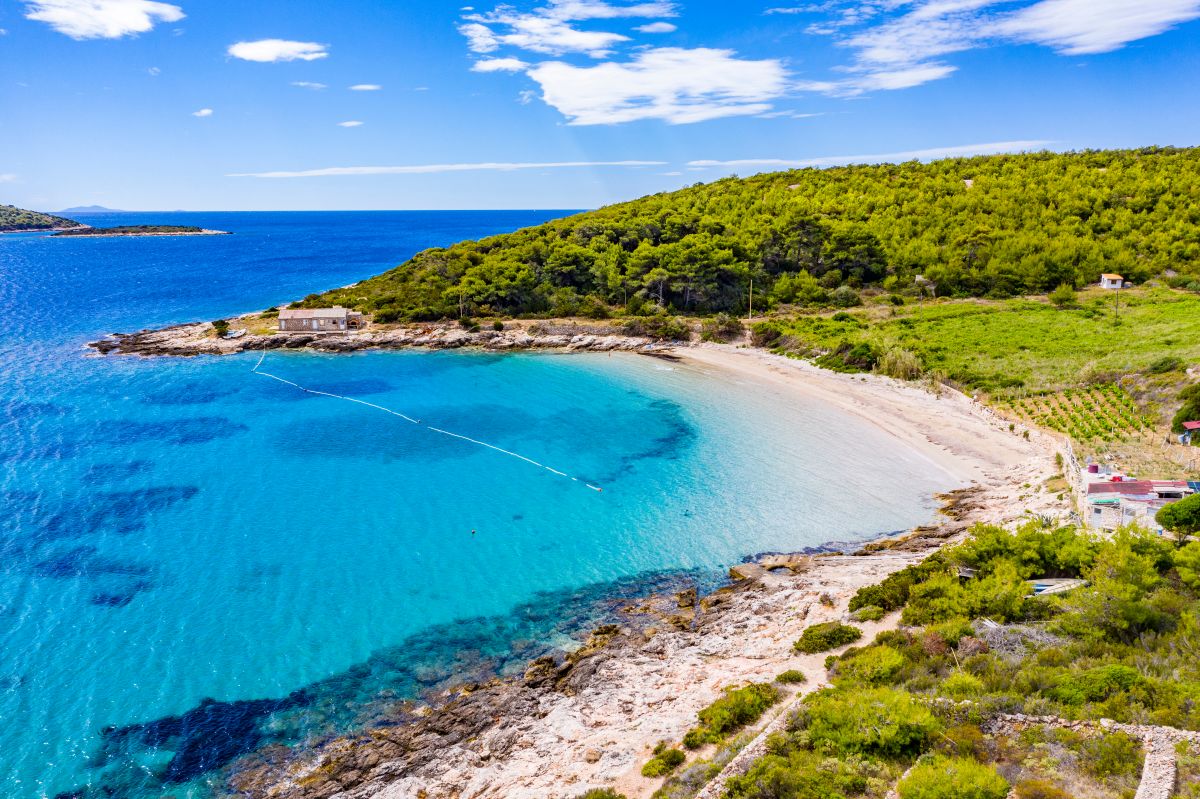
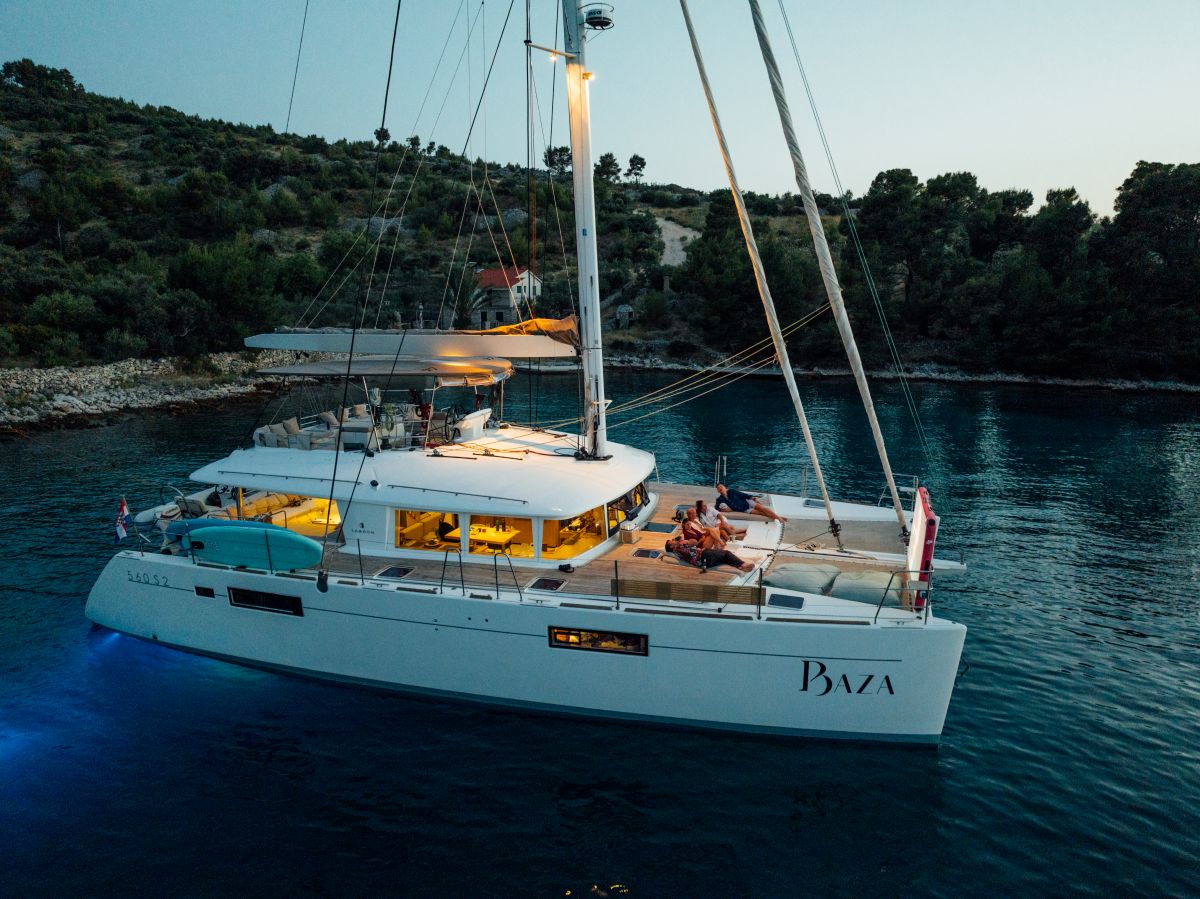
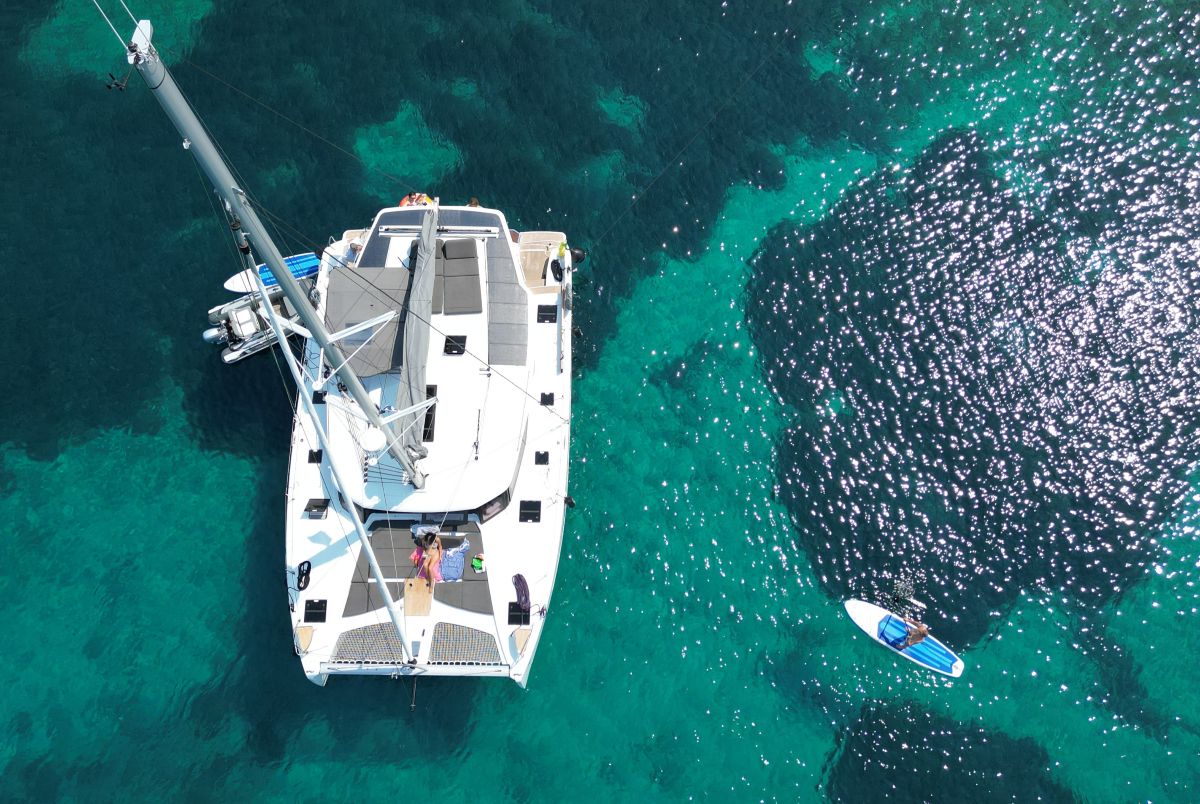

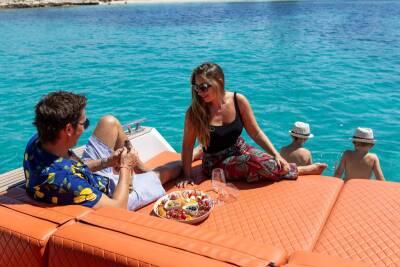
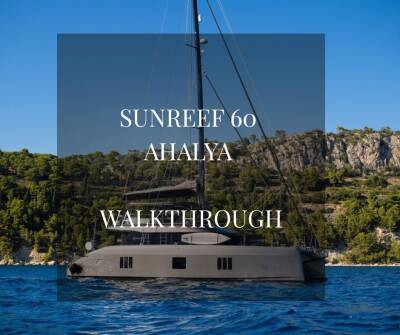
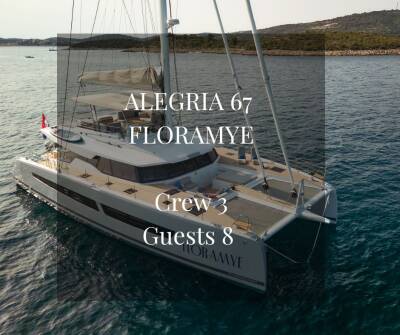
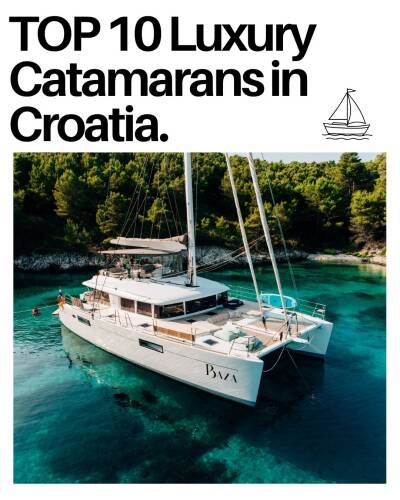
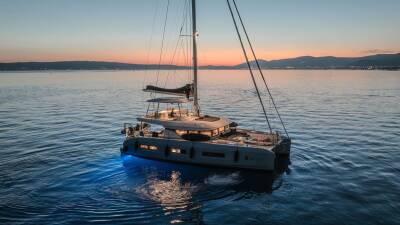
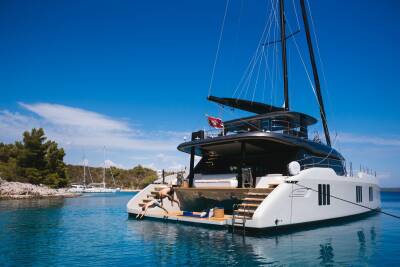
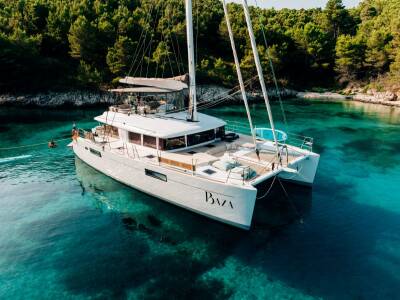
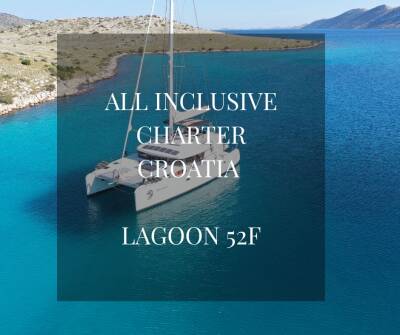

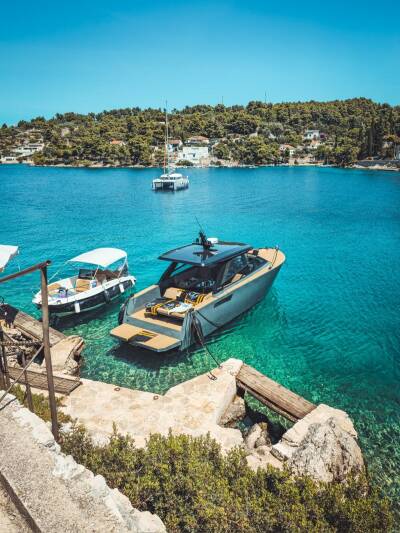
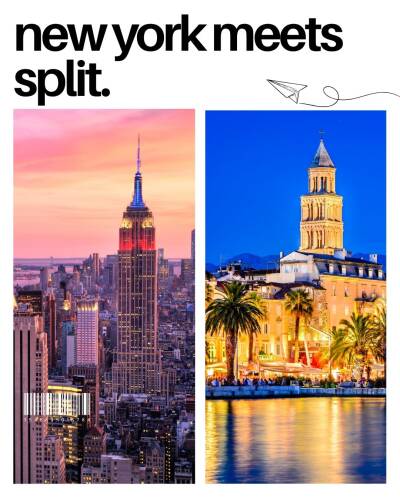

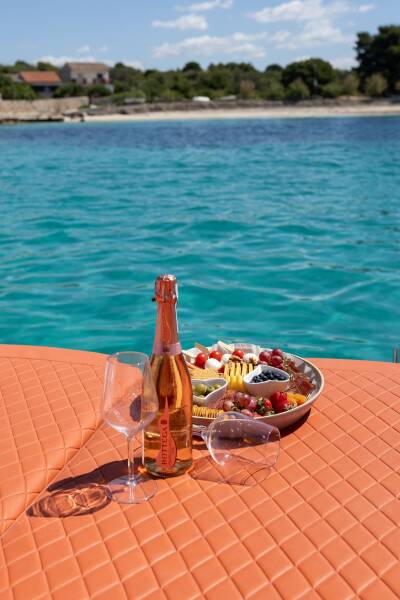
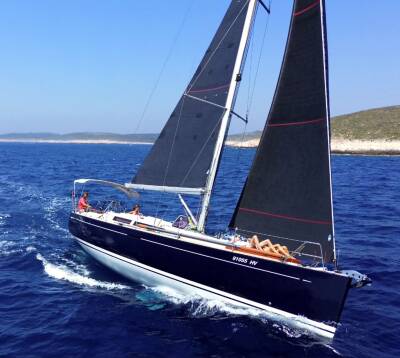
 Give us a call or drop an email, We`ll answer you within 24 hours
Give us a call or drop an email, We`ll answer you within 24 hours